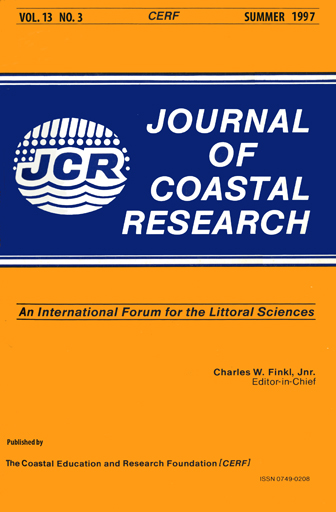Framework Stratigraphy for the Lagoon of Venice, Italy: Revealed in New Seismic-Reflection
Keywords:
Coastal evolution, coastal lagoon, holocene transgression, subsidence and sea-level riseAbstract
High-resolution seismic-reflection surveys using the Raytheon RTT-1000 (7 kHz) system and EG&G X-Star Full Spectrum Sonar with a SB-216S (2-16 kHz) towed vehicle over the extensive sub-tidal mudflats and channels of the Lagoon of Venice have revealed new aspects of the stratigraphy and depositional history. Previous work with cores and sub-bottom profiling, which had been restricted primarily to channel settings, was limited because the stratigraphy is obscured there by high acoustic scattering levels within the organic-rich gassy muds, and the reworking of channel bank and channel floor sediments confounds their interpretation. We now see that the uppermost 30 m has a framework stratigraphy consisting of: thinly stratified late-glacial fluvial-lacustrine sands, silts and freshwater peat beds. These are capped in places by weathered "caranto” surface, which in turn are covered by 4.5 to 6 m of weakly stratified post-marine-transgression lagoonal silts. Locally important scour and fill features are observed along lagoonal tidal channels and salt marsh creeks cutting into the pre-transgression deposits to depths as great as 18 m. Meander bend migration and point bar deposits are indicated along with thalweg repositioning. Seismic detection of the generally continuous and horizontal near-surface stratigraphy is locally interrupted by a patchy distribution of gas-rich sediments trapped under peats and less permeable muds at 2 to 12 m sub-bottom, producing a prominent acoustical reflection surface with a striking irregular relief. Examination of cores (2 to 30 m long; many with reliable AMS 14C dated material) taken in the city of Venice, on salt marsh islands and in the lagoonal sub-tidal mudflats, guided the interpretation of the seismic-reflection profiles and indicates aspects of the distinct environments and depositional history of the last ~25,000 years.


